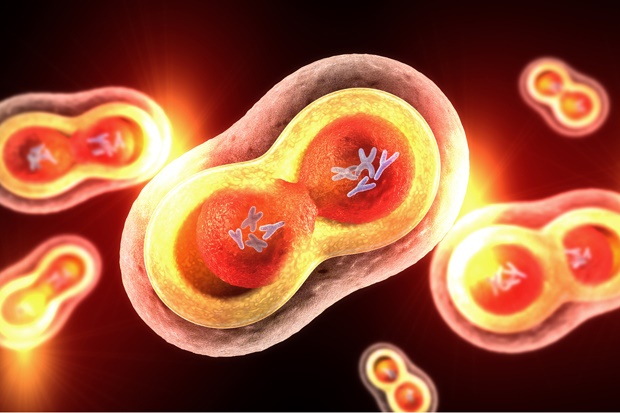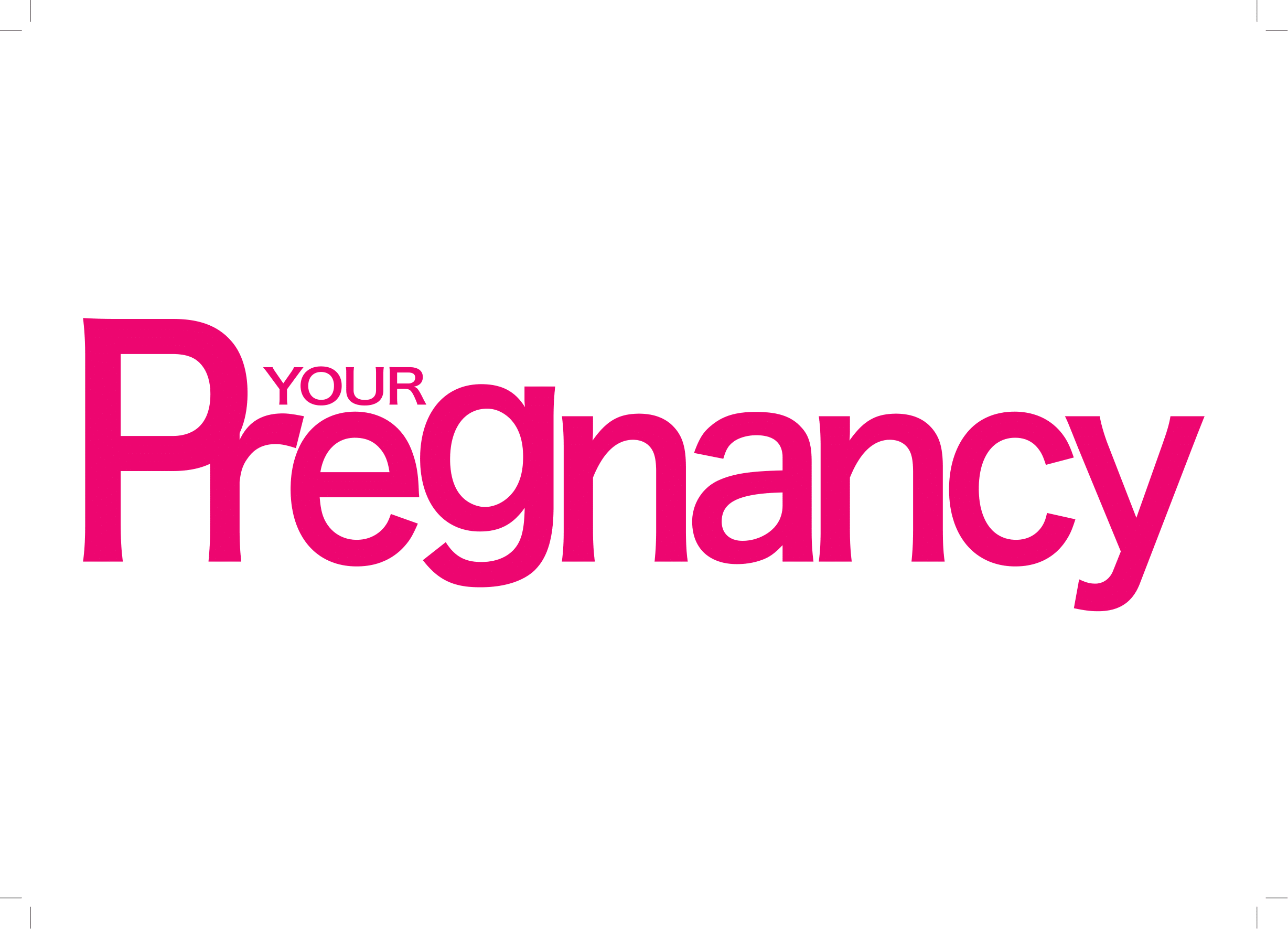
So you have two boys and are desperate for a girl.
Sex selection (the ability to choose the sex of a future child) is now technically possible. Something that used to be left to nature is now in our hands.
But do these methods open the flood gates to creating designer babies, and are these procedures readily available?
Jack or Jill?
Find yourself dreaming of pink frilly dresses? When you fall pregnant, you may expressly (or quietly) wish for a certain gender. But it isn't actually up to the woman to choose the sex of the baby. All women's eggs carry the X chromosome, but sperm carries either an X (girl making) or a Y (boy making) chromosome.
"Therefore it's the sperm that determines the sex of the offspring," says Cape Town fertility specialist Dr Sascha Edelstein.
The girl-making sperm is large and slow, while the boy-making sperm is light and fast, meaning they're fragile and short lived. If the Y-bearing sperm penetrate the egg, then the baby is a boy (XY). If the X-bearing sperm penetrate, then the baby is a girl (XX).
There are several techniques to improve the chance of conceiving a child of a specific gender. These include hi-tech inventions, such as artificial insemination or in-vitro fertilisation (IVF), and natural sex selection, using diet and timing of intercourse.
The sex selection business:
A number of methods use the size of differential to sort semen into X- or Y-bearing sperm. Sperm sorting is based on the theory that the lighter Y sperms will collect separately from the heavier X sperms.
"The sorted sperm can then be used for artificial insemination where sperm is introduced into a woman's uterus at the time of ovulation," explains Sascha.
One of the most accurate methods of sex selection is pre-implantation genetic diagnosis (PGD), which works similarly to IVF. It allows couples the chance to screen embryos before they're implanted.
First, medication is given to promote multiple eggs to develop. Then a woman's eggs are retrieved and fertilised in the laboratory with her partner's sperm. A single cell is removed from each of the fertilised eggs and sent for genetic analysis to determine if the eggs are healthy, and if they're an X or Y. The egg chosen (boy or girl) can be transferred into the woman's uterus - guaranteeing the gender of the baby.
Also read: Choosing a baby's gender
Is social sexing allowed?
While it's possible to pre-determine the sex of your baby, it's no longer legal to do this in South Africa - unless there's a medical reason.
"Patients can no longer use sex selection purely for family balancing," explains Dr Saleema Norsaka, a reproductive medicine specialist from Cape Town.
In March 2012, the minister of health passed regulations relating to the National Health Act of 2003. In terms of these regulations, social sexing (determining the sex of the foetus before implantation) is no longer permitted in South Africa.
Therefore, a family with three girls, hoping their fourth will be a boy, are no longer allowed to use scientific processes to make this happen.
Also read: Who will your baby look like?
Sperm sorting, which is still practised in a few clinics in South Africa, is not scientifically guaranteed and it's unlikely that an ethical doctor will agree to use this method.
PGD can only legally be used to identify the sex of embryos in the case of a known, serious gender-linked genetic condition.
"This is for families with a history of a genetic condition (such as cystic fibrosis, haemophilia, or sickle cell disease) or for couples who've already had a child with a genetic disease.
It can also be used in women who have recurrent pregnancy loss due to a chromosomal abnormality, women of advanced maternal age and women with repeated in-vitro fertilisation (IVF) failure," says Sascha.
Also read: Here's what science says about how you can conceive a boy or girl
So why is PGD banned for family balancing or social sexing in South Africa? Ethically it's questioned. Critics fear that this method will normalise the selection of gender and designing of children.
Another concern is over what happens to the embryos that aren't selected for transfer. PGD creates viable embryos (fertilised eggs). Couples can choose to freeze good quality embryos for future use, but many opt to destroy them, explains Saleema.
In South Africa, couples are now left to give natural selection and low-tech methods a go.
"Naturally, you have 50 percent chance of having a girl and 50 percent chance of having a boy. These at-home methods aren't guaranteed. It's all just luck," says Saleema.
Chat back
If you could, would you choose your baby's gender? What motivates your reason to choose or not to choose? Share your thoughts and experience and we may publish your story. Should you wish to remain anonymous, please let us know.




 Publications
Publications
 Partners
Partners











